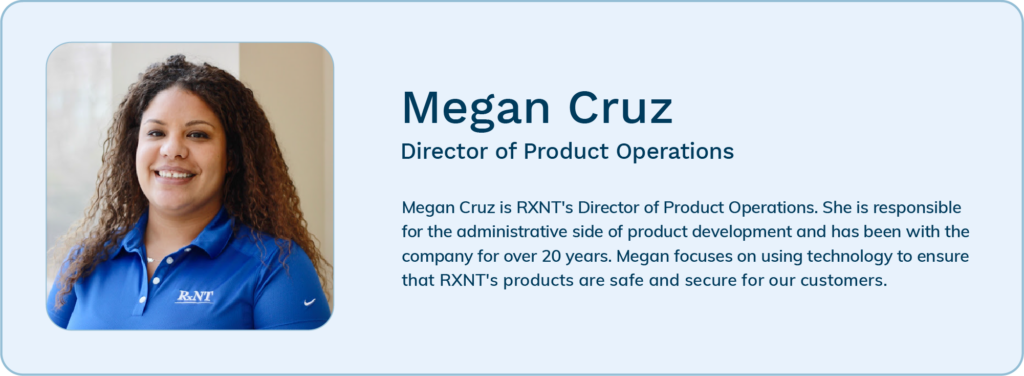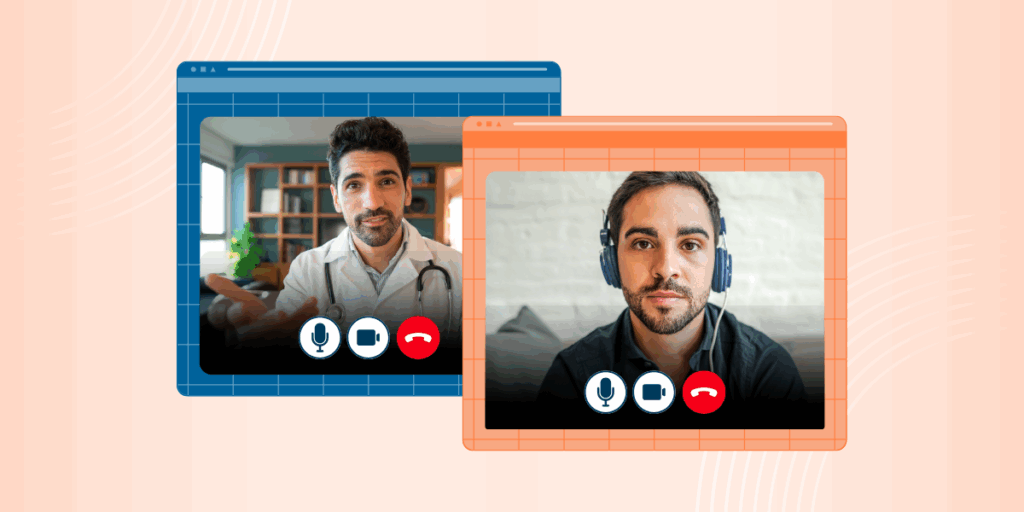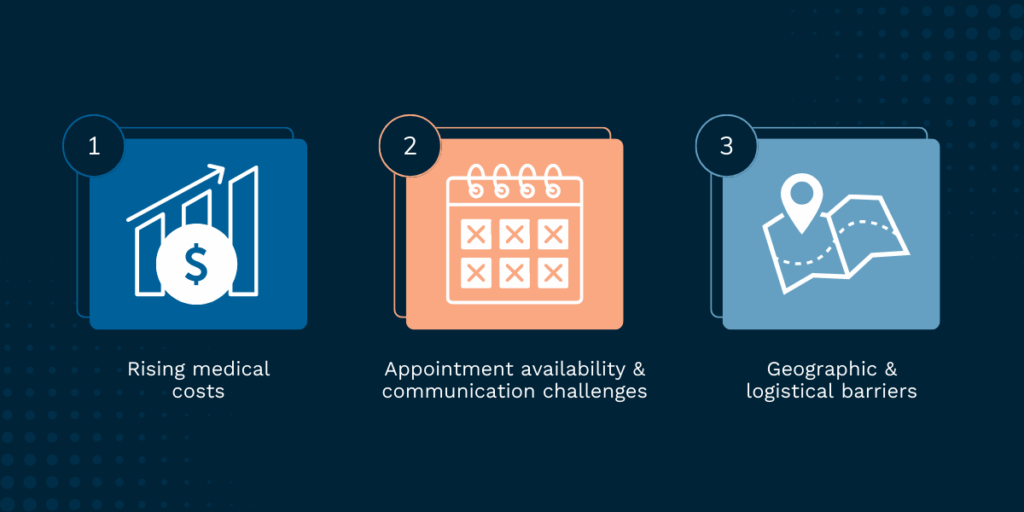How do you create a tech-savvy team that not only understands the tools but embraces them? Of course, training during implementation is important. But ideally, you want to build a culture of learning and investing in ongoing support.
Your technology is only as effective as the people using it. Even the most advanced EHR, billing platform, or patient portal can fall short if your team isn’t fully comfortable or confident in using it.
How do you create a tech-savvy team that not only understands the tools but embraces them? Of course, training during implementation is important. But ideally, you want to build a culture of learning and investing in ongoing support. It’s also essential to create systems that empower staff to solve problems, improve workflows, and get more value out of your technology.
Here’s how to do it.
Getting Your Team on Board Before the First Login
Successful implementations start with clear goals and a rollout plan that involves the people who will actually use the system. Before launching any new tool, define what success looks like.
From there, involve team members from different roles early in the process. For example, a front-desk coordinator’s concerns will differ from a provider’s, and both perspectives are essential for ensuring smooth adoption. Set clear expectations, assign internal champions, and communicate how the technology supports patient care.
When staff understand the “why” behind the “what,” they’re more likely to engage meaningfully with the new tools.
Beyond the Basics: How to Train for Real-World Success
Generic software demos aren’t enough. If you want your team to feel confident using new tech, training must be practical and tailored to their day-to-day responsibilities.
Start with hands-on, scenario-based training. You can walk front-office staff through how to reschedule an appointment or send a secure message. Show billing teams how to review claims and spot errors quickly. For clinical users, you can simulate patient encounters to demonstrate how tools like an RXNT-integrated EHR system streamline documentation.
Make training continuous, not one-and-done. You may consider offering refresher sessions quarterly. Create bite-sized video guides or toolkits staff can reference on demand. As a bonus, you could assign internal super-users who can act as go-to resources for peers.
Build a Culture of Curiosity and Continuous Improvement
The best teams treat technology as something to grow with, not just get through. Follow these best practices to build a culture of curiosity around technology:
- Encourage staff to ask questions, explore new features, and share what is (and isn’t) working.
- Keep processes agile (but compliant) to respond to employee feedback and create workflows that work for the practice.
- Provide regular space during staff meetings or dedicated learning hours to discuss tips, challenges, or new releases.
- Highlight early wins to reinforce value.
- Lead by example and get buy-in from practice administrators.
- If someone finds a faster way to complete a task or uses a reporting feature that saves time, share it across the team. This will build momentum and normalize ongoing improvement.
You can also use technology itself to support learning. RXNT’s intuitive user interface, for example, reduces the learning curve — pairing it with built-in tooltips, chat-based support, or in-app notifications ensures users never feel stuck.
Data, Not Guesswork: Monitor Engagement and Measure ROI
Instead of relying on gut feeling, measure how well your team engages with your technology. Many platforms include backend analytics that show which features are used regularly, where errors occur, and what’s being underutilized.
This data is key to refining training and support. If only 30% of your providers are using AI-driven documentation tools, ask why. If front-office users aren’t sending automated reminders, look into the workflow. With clear insights, you can customize solutions rather than going on gut feel.
And don’t forget to celebrate success and share them with teams. Track how much time is saved, how error rates decrease, or how patient satisfaction improves. Small wins create buy-in and transform your practice over time. They help employees see the value of the change and keep momentum strong to continue finding best practices.
The most powerful investment you can make is in your people. When your team is confident and capable, your technology becomes a force multiplier. Over time, it will improve efficiency, accuracy, and care quality.
RXNT is designed with those principles in mind. Our integrated, easy-to-learn healthcare software helps teams of all sizes get up to speed quickly and keep learning as they grow. With features that support training, engagement, and performance, we help practices get the most from every digital tool.
Want to build a more tech-savvy team? Start with a smarter platform. Schedule a demo today to learn more.





